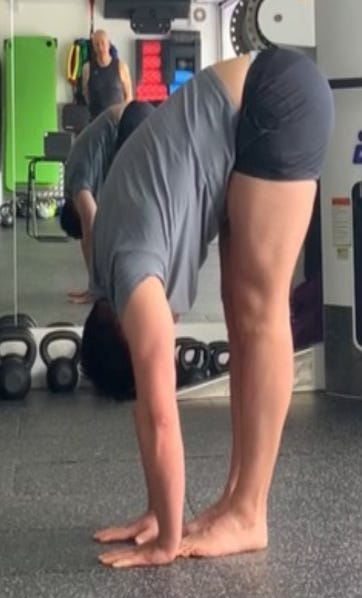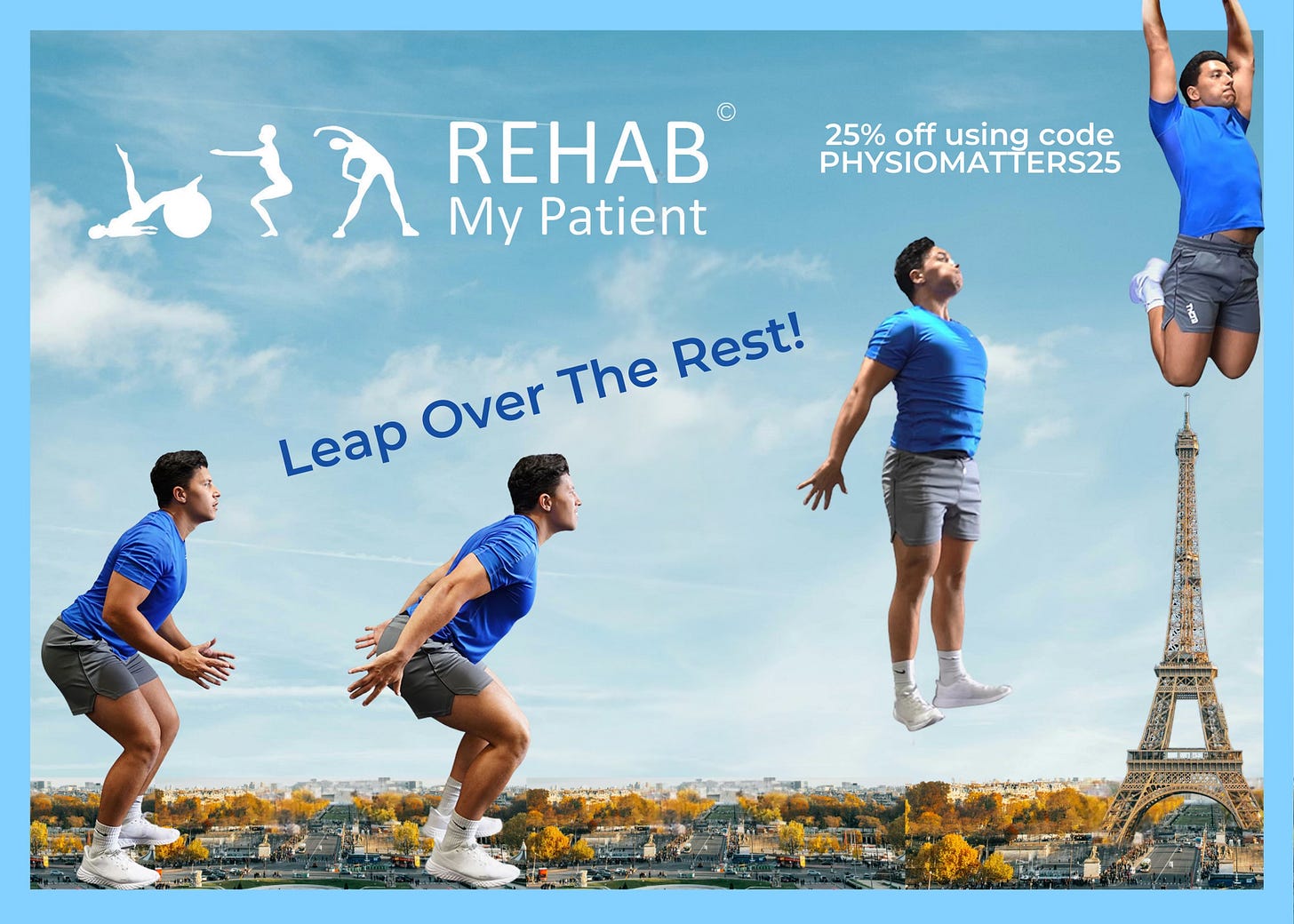More than Just Flexible: Decoding the Hidden Challenges of Hypermobile Ehlers-Danlos Syndrome and Hypermobility Spectrum Disorders
By Anna Higo
Imagine a patient who repeatedly visits your clinic with one musculoskeletal issue after another - a persistent hip problem one month, a stubborn ankle sprain the next, and injuries that occur effortlessly yet take an eternity to heal. They also report stomach troubles, constant fatigue, and frequent headaches that defy straightforward explanations. When a series of seemingly disconnected problems accumulate in a single body, it’s time to consider something deeper - possibly hypermobile Ehlers-Danlos syndrome (hEDS) or Hypermobility Spectrum Disorder (HSD). Although some individuals utilise their extreme range of motion to excel in dance or athletics, many ultimately face chronic pain, frequent injuries, and a growing fear of movement [1,2]. Further investigation reveals that hEDS and HSD can simultaneously impact multiple systems due to one fundamental flaw: connective tissue fragility [3].
Defining the Spectrum
Joint hypermobility simply means that a joint’s range of motion exceeds the standard limit [4]. By itself, generalised hypermobility isn’t necessarily pathological - consider ballet dancers executing gravity-defying poses. It becomes problematic when pain and functional limitations arise, often indicating hEDS or an HSD [5]. These conditions stem from issues within connective tissues - primarily collagen - leading to lax ligaments and unstable joints [6]. However, they extend beyond the musculoskeletal system; since connective tissue is present throughout the body, patients may also experience gastrointestinal, cardiovascular, or even autonomic complications [6]. In other words, if multiple issues are emerging, consider the tissues. While the precise genetics of hEDS are still under investigation, the 2017 classification criteria focus mainly on clinical examination rather than a simple lab test [7]. If an individual has persistent symptoms related to joint instability but doesn’t fully meet hEDS criteria, HSD frequently becomes the catch-all term [8]. Understanding these diagnostic labels is important, but management remains largely similar in everyday practice.
Prevalence: Rarer Than We Think, or Just Rarely Diagnosed?
Historically, hEDS was considered rare, but this view is increasingly challenged [9].










